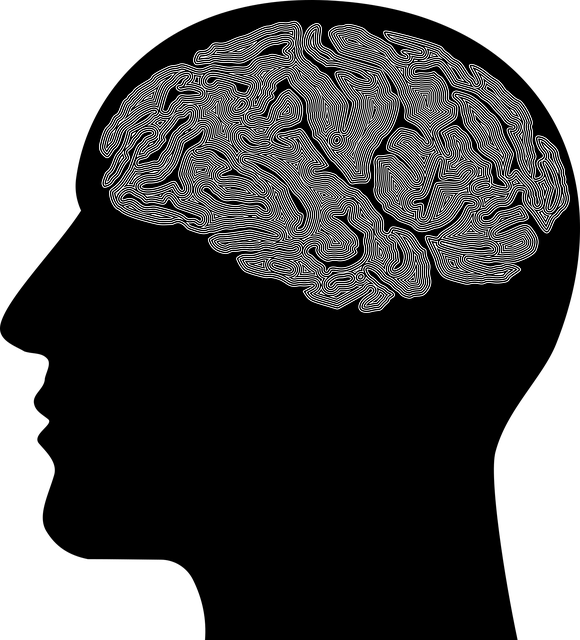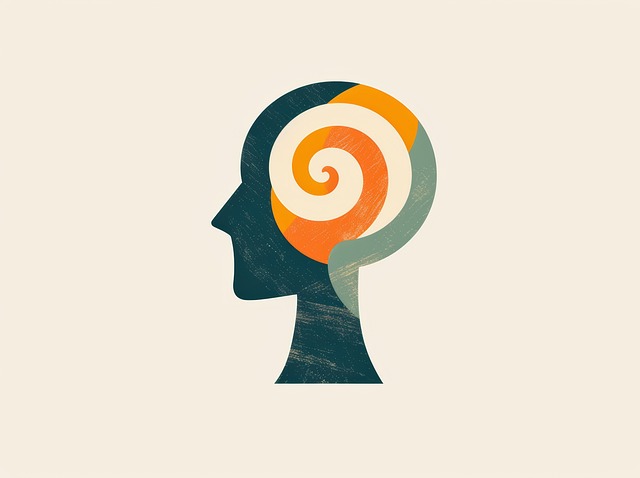The Lafayette Panic Disorder and Anxiety Attacks Therapy focuses on evidence-based approaches like Mental Wellness Journaling, Crisis Intervention, and Positive Thinking Exercises for effective management. These techniques empower individuals to track triggers, regulate emotions, reduce panic attacks, and promote emotional well-being. For healthcare professionals, integrating positive thinking into their practices prevents burnout and enhances patient care, especially in high-pressure settings. Tailored mindfulness meditation, affirmations, and CBT tools challenge negative thought patterns, improve coping mechanisms, and mitigate stress and depression symptoms.
Positive thinking exercises have emerged as a powerful tool in managing Lafayette Panic Disorder and Anxiety Attacks. This article delves into the effectiveness of positive thinking in therapy, offering insights on how individuals can harness its potential to overcome these conditions. We explore strategies for implementing practical exercises that promote mental well-being, providing a comprehensive guide for those seeking alternative approaches to traditional therapy for Lafayette Panic Disorder and Anxiety Attacks.
- Understanding Lafayette Panic Disorder and Anxiety Attacks
- The Role of Positive Thinking in Therapy
- Implementing Effective Positive Thinking Exercises
Understanding Lafayette Panic Disorder and Anxiety Attacks

The Lafayette Panic Disorder and Anxiety Attacks are common mental health challenges that significantly impact an individual’s daily life. This disorder manifests as sudden, intense fear or discomfort, often leading to physical symptoms like rapid heartbeat, sweating, and shortness of breath. These attacks can be triggered by various factors, including stress, certain environments, or even unidentifiable causes. Therapy plays a pivotal role in managing and overcoming such anxiety-related conditions. Through evidence-based approaches, individuals can learn to recognize and challenge their fears, gradually reducing the frequency and intensity of panic attacks.
Mental Wellness Journaling Exercise Guidance has proven effective as a therapy tool. Keeping a journal allows people to track their thoughts, emotions, and triggers, providing valuable insights for both them and their therapists. Crisis Intervention Guidance techniques can help individuals navigate intense moments, promoting emotional well-being. By combining these strategies with other evidence-based therapies, professionals contribute to the overall Emotional Well-being Promotion Techniques, empowering individuals to lead more fulfilling lives free from the grip of anxiety disorders.
The Role of Positive Thinking in Therapy

Positive thinking exercises have become an integral part of various therapeutic approaches, offering a powerful tool in the treatment of mental health conditions such as Lafayette Panic Disorder and Anxiety Attacks Therapy. This practice encourages individuals to reframe negative thoughts and beliefs, fostering a more optimistic mindset that can significantly impact overall emotional well-being. By promoting positive self-talk and reframing techniques, therapists assist clients in challenging unhelpful cognitive patterns associated with anxiety disorders.
Incorporating positive thinking into therapy sessions, particularly for healthcare providers dealing with burnout prevention strategies, enhances the effectiveness of treatment. Emotional well-being promotion techniques that emphasize optimism can lead to improved coping mechanisms and reduced symptoms of stress and depression. This approach not only benefits patients but also encourages professionals to adopt healthy mental habits, thereby preventing burnout in high-pressure healthcare settings.
Implementing Effective Positive Thinking Exercises

Implementing effective positive thinking exercises involves a structured approach tailored to individual needs. For individuals dealing with Lafayette Panic Disorder and Anxiety Attacks, these practices can be transformative. The key lies in consistent practice, beginning with identifying triggers and fostering a mindset that challenges negative thought patterns. Techniques such as mindfulness meditation, affirmations, and cognitive-behavioral therapy (CBT) tools empower people to navigate stress and anxiety more effectively.
In the context of Burnout Prevention Strategies for Healthcare Providers and Risk Management Planning for Mental Health Professionals, positive thinking exercises are not just therapeutic; they’re essential risk mitigation tools. By integrating these practices into daily routines, mental health professionals can enhance their Emotional Regulation, thereby improving patient care and professional resilience. This proactive approach contributes to a healthier work-life balance and fosters an environment where both providers and patients thrive.
Positive thinking exercises offer a powerful tool in managing Lafayette Panic Disorder and Anxiety Attacks, complementing traditional therapy methods. By integrating these practices into daily routines, individuals can cultivate resilience, enhance emotional well-being, and improve overall quality of life. The effectiveness of positive thinking lies in its ability to rewire the mind, fostering a more optimistic outlook that resonates with those seeking relief from anxiety disorders.













